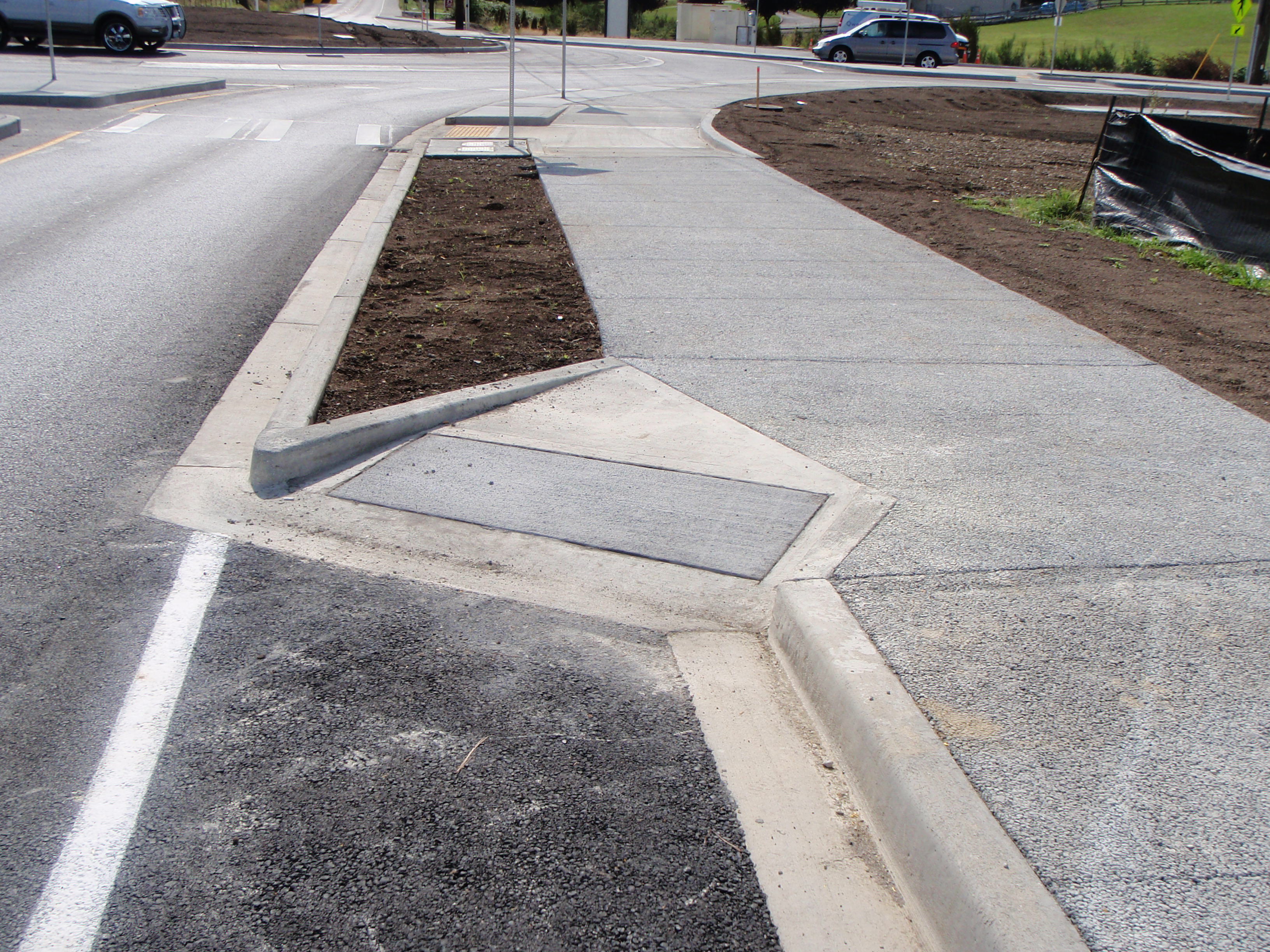Concrete
Due to the energy-intensive process of producing and transporting concrete, it is among the highest emitters of greenhouse gases of any building material. Several alternatives exist to lessen the environmental impact of this material, including the use of recycled concrete aggregate or reducing the cement content through supplementary cementitious materials (SCM), called fly ash and granulated blast furnace slag (slag), which require much less energy to make. Addressing another environmental impact of concrete, porous pavement supports pedestrian, recreational and light vehicular traffic, including parking, while allowing water to pass through and flow into the soil. Porous pavement including pervious concrete, porous asphalt, concrete pavers, and plastic grid systems can all reduce the volume of storm water and increase groundwater recharge, which ultimately improves aquatic habitat in stream and rivers.

Policy and Goals:
As stated in King County's Sustainable Purchasing Executive Policy (CON 7-22-EP),
- Use low-greenhouse gas cement alternatives
As outlined in King County’s 2020 Strategic Climate Action Plan,
- Specifying low-embodied carbon concrete in King County capital projects
Choose
- porous or pervious concrete
- use supplementary cementitious materials (SCM) called fly ash and granulated blast furnace slag (slag)
- recycled content
- request Environmental Product Declarations (EPDs) of concrete
Avoid
- virgin concrete
- non-porous concrete for lightly trafficed areas
End of Life
- recycling "where available"
An EPA checkmark indicates a certification or standard is recommended by the U.S. Environmental Protection Agency (EPA).
Technical Specification Language
EC3 Tool: Embodied Carbon in Construction Calculator
Sustainable Facilities Tool: Green Procurement Compilation (GPC) Tool and Product Search
West Coast Climate & Materials Management Forum: Climate Friendly Purchasing Toolkit
UL Spot: Product Database
Contact Us
Phone: 206-263-9400
TTY Relay: 711
Fax: 206-296-7676

 Translate
Translate